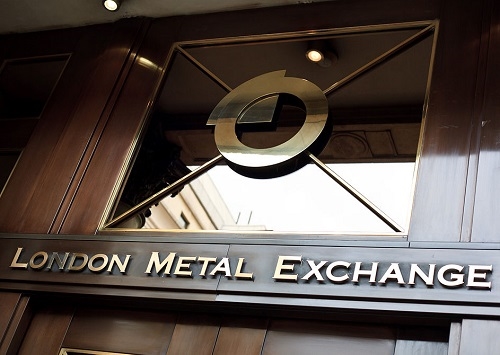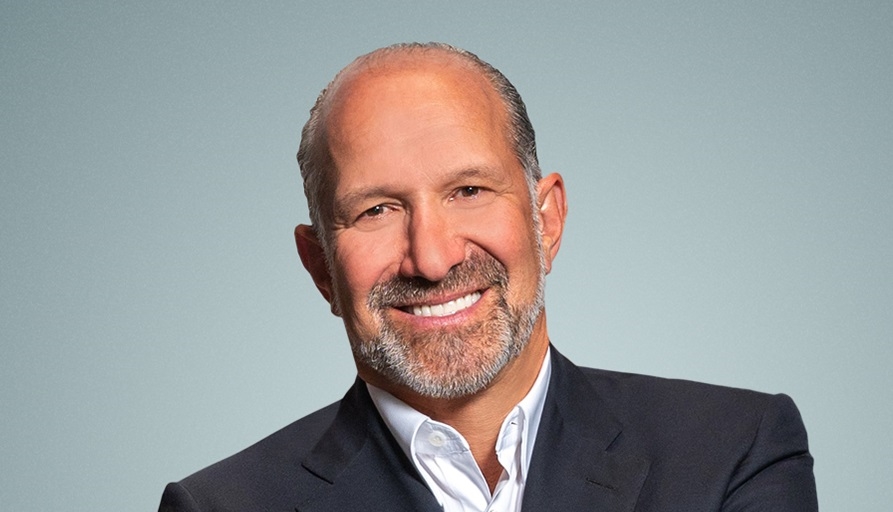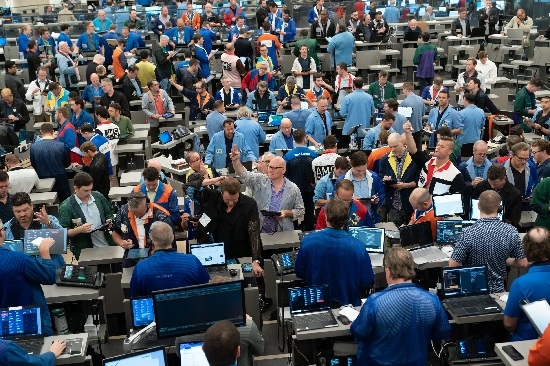LME steel volumes reflect increased trader participation

The London Metal Exchange said its efforts to promote price transparency in its steel segment are paying off as traders and investors start to engage more actively in that market, boosting the exchange’s trading volumes.
The LME, which has seven cash-settled steel contracts, said its flagship steel scrap and steel rebar markets are growing, reflecting the changing profile of firms trading those products.
The exchange’s steel scrap contract saw volumes increase 64% in 2022 to 430,600 lots while demand in the exchange’s steel rebar market rose 79.8% to 98,600 contracts, according to data from the exchange.
Robin Martin, head of market development at LME, told Global Investor: “Since their launch in 2015, we have seen the perception of the contracts and the types of firms participating in this market change significantly. We have seen more physical players but now the financial and investment community is starting to track prices more actively. These participants still comprise a relatively small but rapidly growing share of our market and we are encouraged by the feedback from this new segment.”
Martin said the LME has been working with customers to make live steel prices available on screen, offering increased transparency and confidence.
“We introduced last year a liquidity window that encourages participants to put on screen two-way prices within a 30 minute window. This has helped to tighten bid/ask spreads and significant market depth alongside the liquidity schemes in the steel rebar and scrap contracts,” said Martin.
Building on its success with steel scrap and rebar, the Hong Kong Exchanges and Clearing (HKEX) owned LME said it is bullish about the prospects for its regional contracts, including the LME Chinese steel product.
Martin said: “In addition to our main scrap and rebar contracts, we are also seeing strong appetite for our regional hot-rolled coil (HRC) and scrap contracts. One of these is our HRC FOB China contract.”
The Chinese steel market is massive, dominating the global stage. Shanghai Futures Exchange traded last year 525 million lots of steel rebar futures, according to the exchange.
This makes Shanghai steel the world’s largest metals market and more than double the size of the next largest metals venue (Dalian Commodity Exchange’s iron ore futures contract at 221 million lots last year).
Martin said: “Chinese steel tends to be driven by its own internal dynamics, lots of Chinese steel is produced and consumed domestically so that market has its own pricing mechanism which creates interesting arbitrage and trading opportunities against our contract. One of our objectives is to bring more participants to the Steel HRC FOB China contract. We are stepping up our presence there and exploring co-operation opportunities on the mainland.”
Found this useful?
Take a complimentary trial of the FOW Marketing Intelligence Platform – the comprehensive source of news and analysis across the buy- and sell- side.
Gain access to:
- A single source of in-depth news, insight and analysis across Asset Management, Securities Finance, Custody, Fund Services and Derivatives
- Our interactive database, optimized to enable you to summarise data and build graphs outlining market activity
- Exclusive whitepapers, supplements and industry analysis curated and published by Futures & Options World
- Breaking news, daily and weekly alerts on the markets most relevant to you



